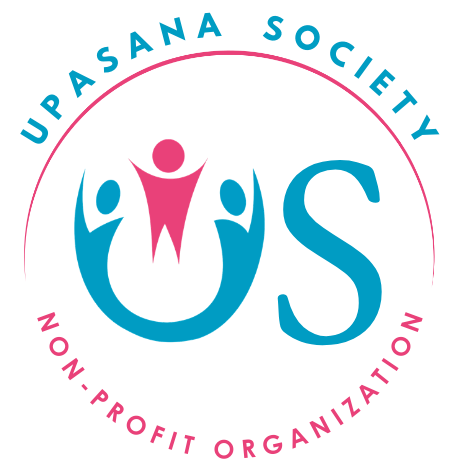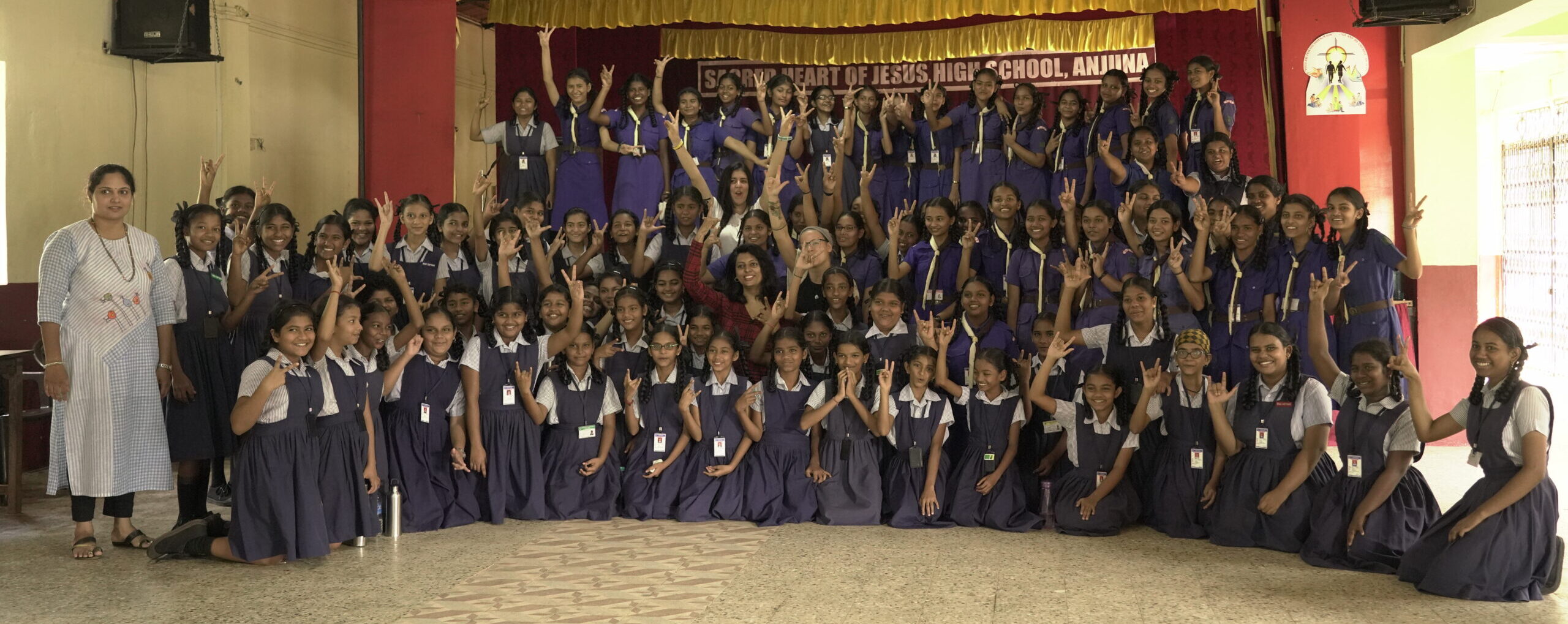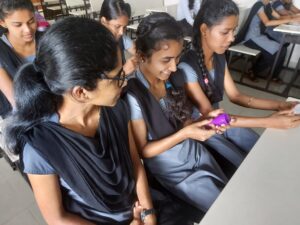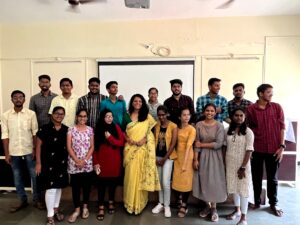Components of Period Poverty: #PeriodCupCause
Objective of PeriodCupCause:
The primary objective of the #PeriodCupCause is to promote menstrual hygiene awareness among both men and women. We also extend our support to underprivileged individuals who often struggle to afford menstrual cups, which are not readily available in local medical stores and are primarily sold online, limiting their accessibility. To fund our campaign, we organize informative sessions in various settings, including cities, organizations, schools, colleges, and privileged communities.
Period Poverty
In the ongoing battle against period poverty, it’s crucial to dissect the multifaceted components that contribute to this pressing issue. Upasana Society NGO’s #PeriodCupCause campaign sheds light on these components, aiming to tackle period poverty comprehensively and empower women and girls. Let’s explore the various facets of period poverty that demand our attention and action.
- Limited Access to Menstrual Products:One of the primary challenges faced by marginalized communities is limited access to affordable and hygienic menstrual products. Many cannot afford disposable pads or tampons, pushing them to use unhygienic alternatives like rags or leaves.
- Lack of Education: A significant component of period poverty is the lack of adequate menstrual hygiene education. Without proper knowledge, women and girls may not understand the importance of hygiene during menstruation or how to use menstrual products safely.
- Social Stigma and Taboos: Societal taboos surrounding menstruation are deeply ingrained in many cultures. These taboos can lead to shame and exclusion, preventing open discussions about menstrual health and hygiene.
- Limited Access to Clean Water and Sanitation: Inadequate access to clean water and sanitation facilities exacerbates period poverty. Without clean and private spaces for hygiene, women and girls face challenges in managing their periods hygienically.
- Economic Constraints: Financial constraints often force individuals to prioritize basic needs over menstrual hygiene. This can lead to the use of unsuitable materials, further compromising health
- Health Implications: Using unhygienic menstrual products or inadequate practices can result in various health issues, including infections and discomfort.
- School Dropout Rates: Girls often miss school during their periods due to the lack of suitable menstrual products and facilities. This can contribute to high dropout rates and hinder their educational opportunities.
- Environmental Impact: Disposable menstrual products generate significant waste, contributing to environmental degradation. Sustainable alternatives like menstrual cups can mitigate this impact.
- Accessibility to Healthcare: In some cases, limited access to healthcare facilities prevents women from seeking treatment for menstrual-related health issues.
- Cultural and Religious Factors: Cultural and religious beliefs can influence menstrual practices and norms, sometimes hindering access to modern menstrual products.
- Limited Government Initiatives: Insufficient government policies and initiatives to address period poverty can perpetuate the issue.
- Menstrual Product Taxation: In some regions, menstrual products are taxed as luxury items, making them less affordable for many.
- Lack of Support Systems: Communities may lack support systems and organizations that provide free or subsidized menstrual products and education.
Addressing period poverty requires a holistic approach that encompasses education, accessibility, destigmatization, and sustainability. Upasana Society NGO’s #PeriodCupCause campaign actively engages in raising awareness, providing menstrual cups, and educating women and girls about safe and hygienic menstrual practices. By recognizing and addressing the various components of period poverty, we can take significant strides toward ensuring menstrual equity and empowering women and girls to manage their periods with dignity and confidence. Together, we can break the cycle of period poverty and create a more inclusive and equitable world for all.
How does #PeriodCupCause tackle Period Poverty: CLICK HERE
Click on the campaign link for a comprehensive understanding of this remarkable initiative.
Read more about the Campaign: #PeriodCupCause




